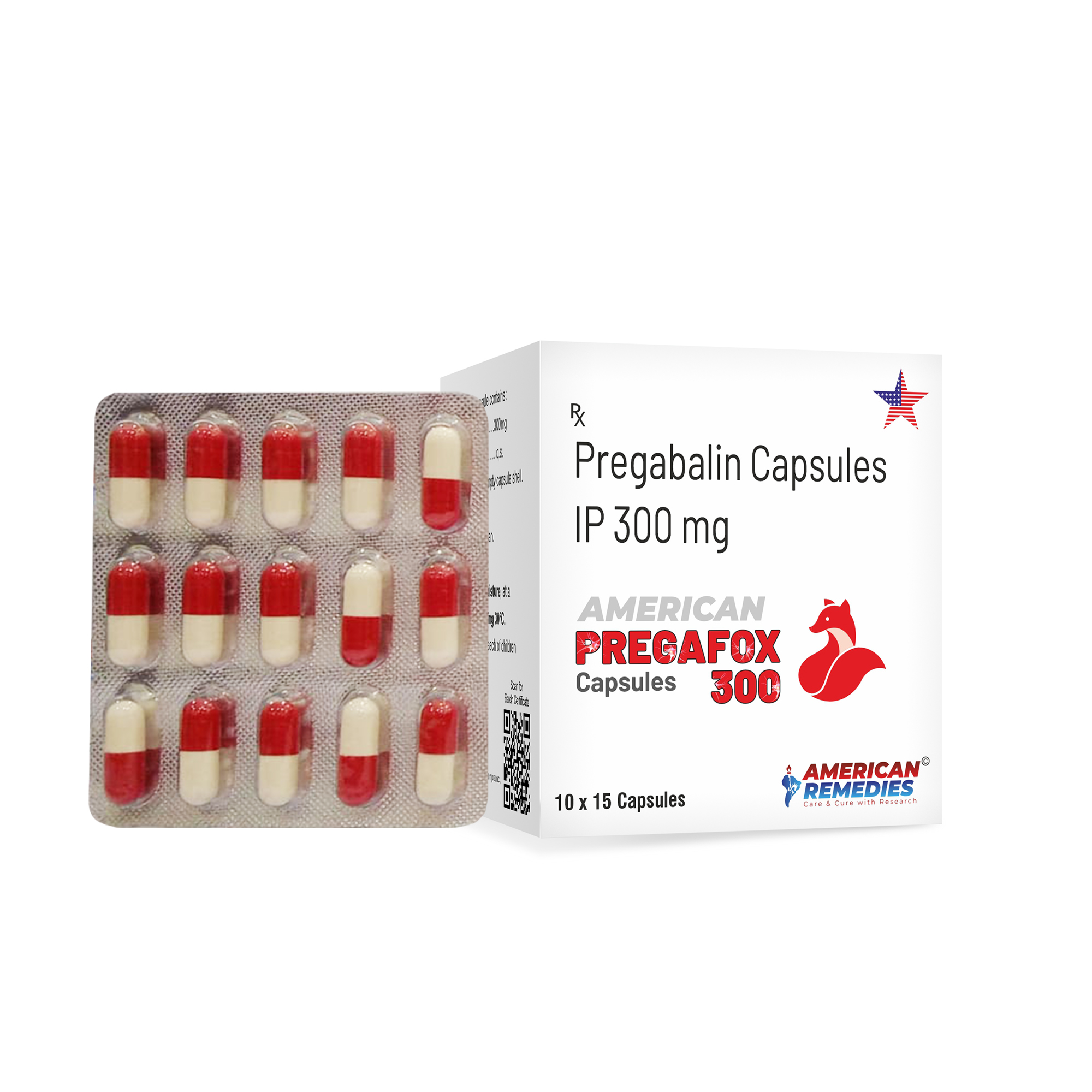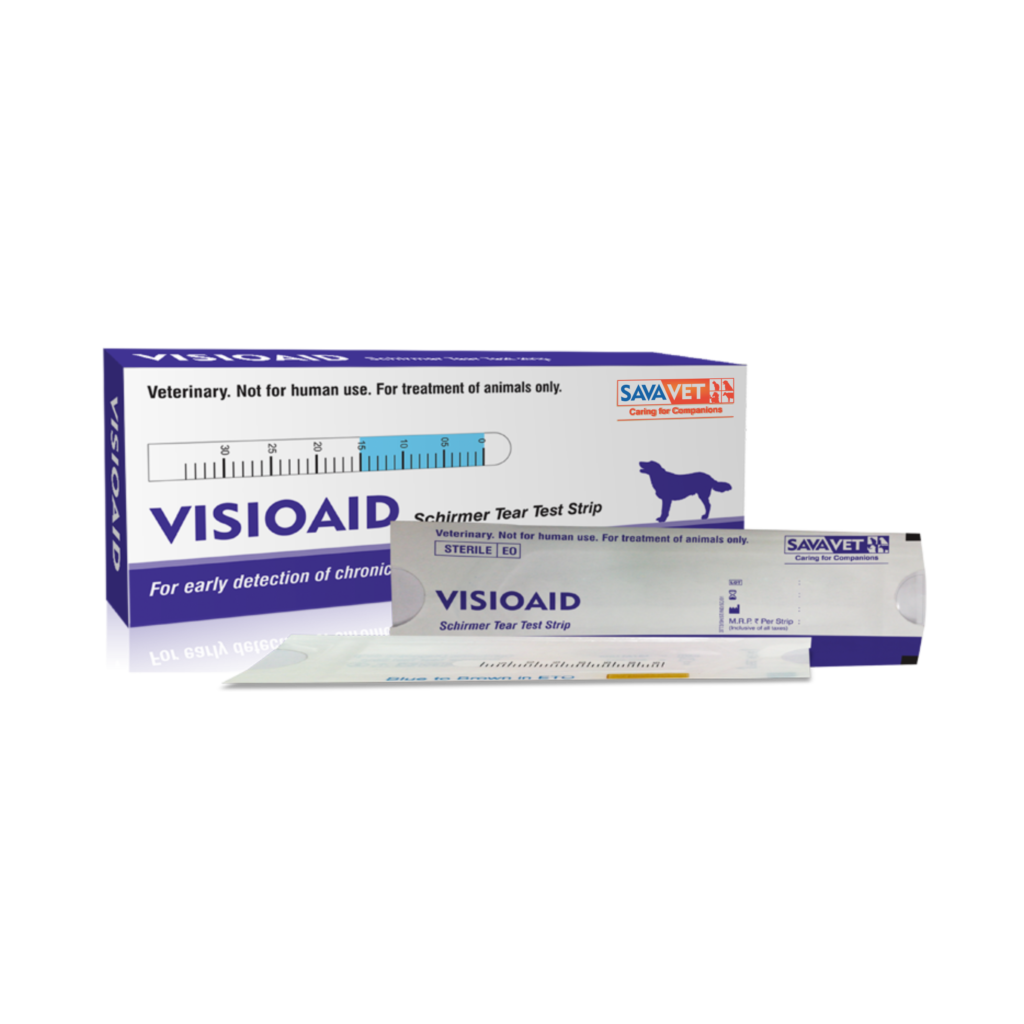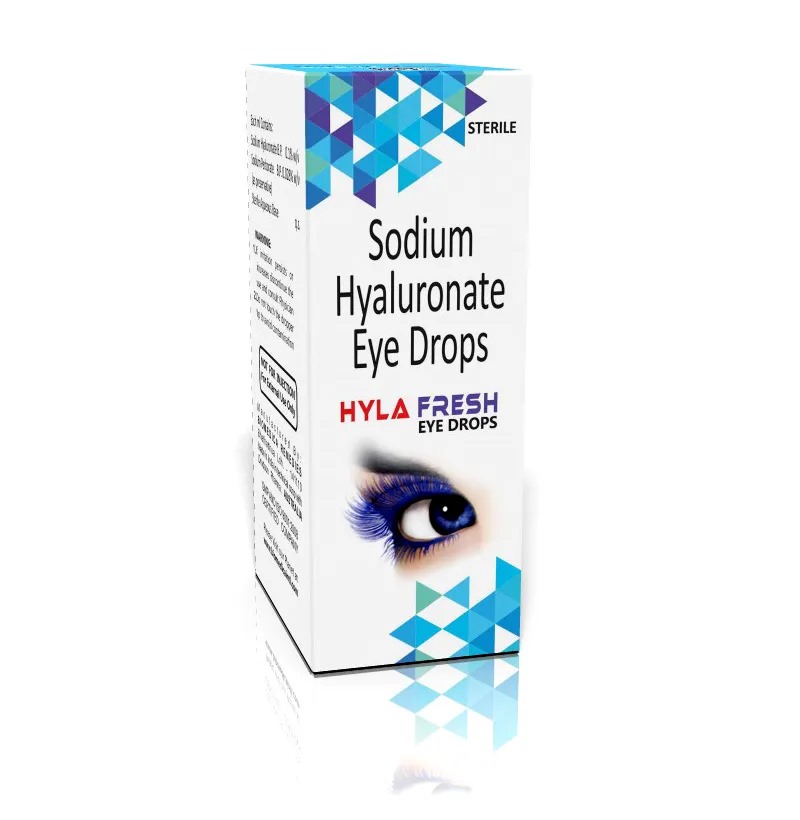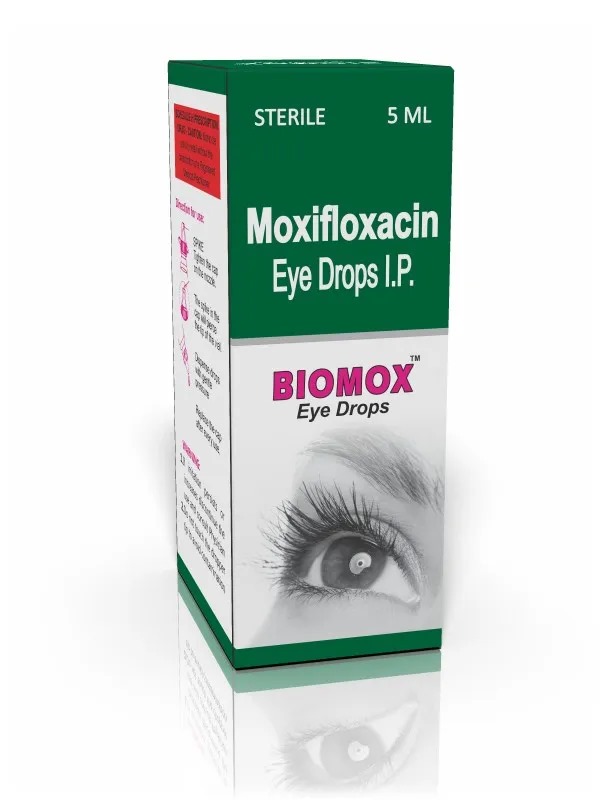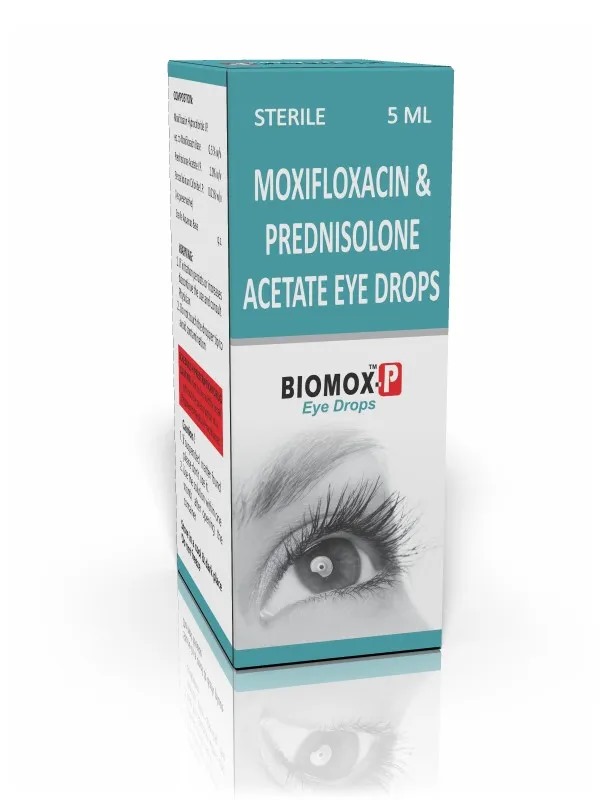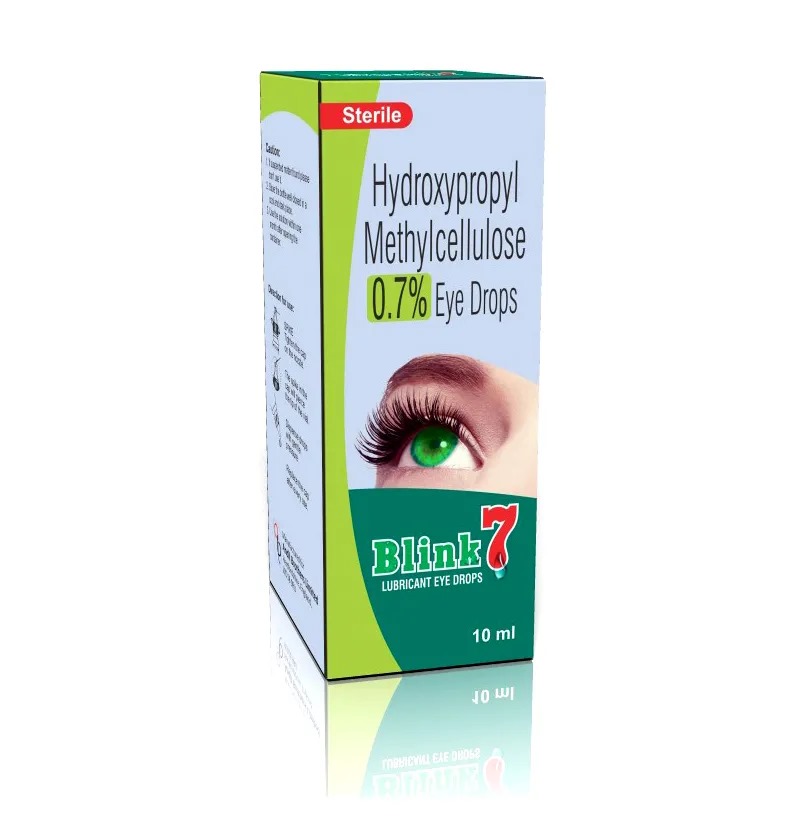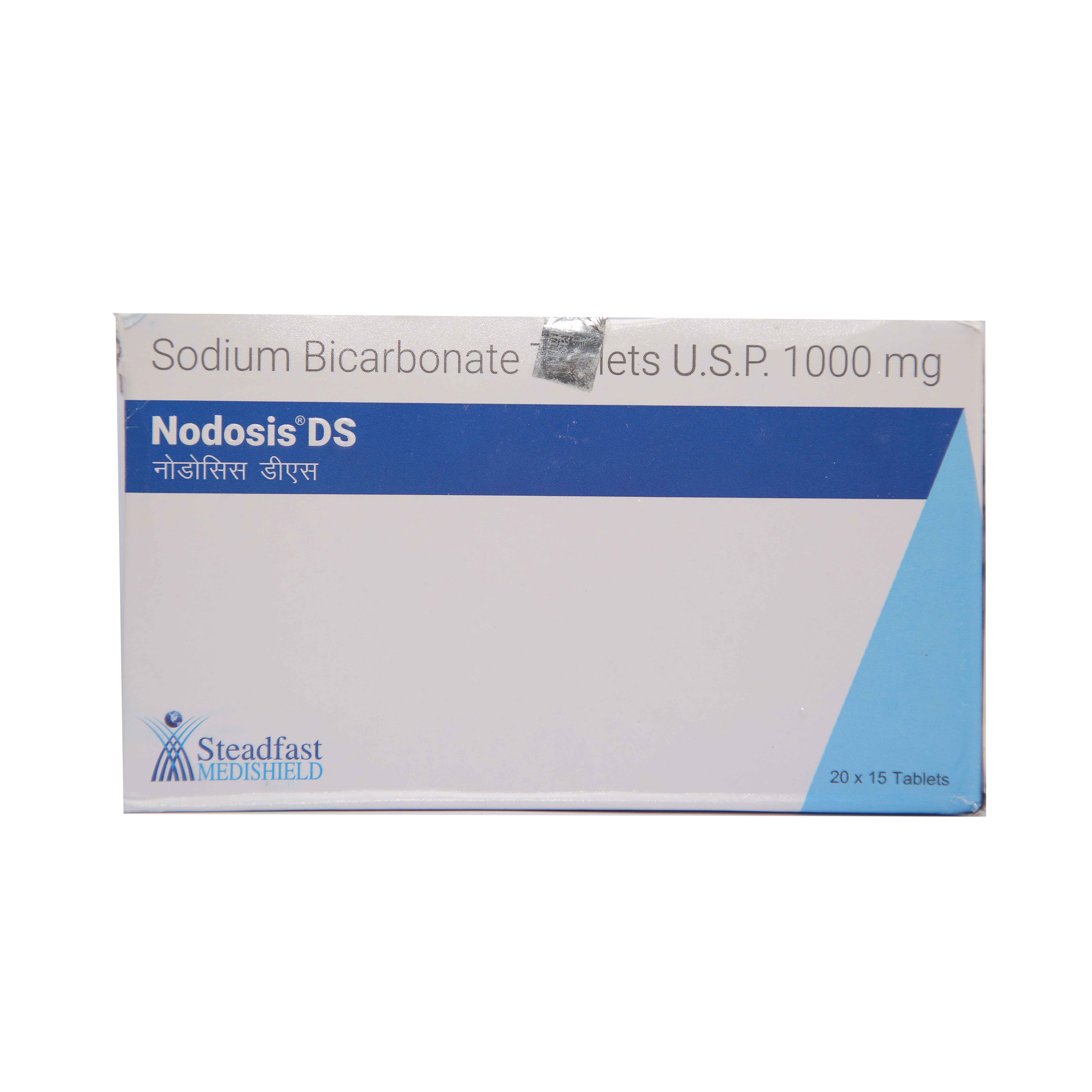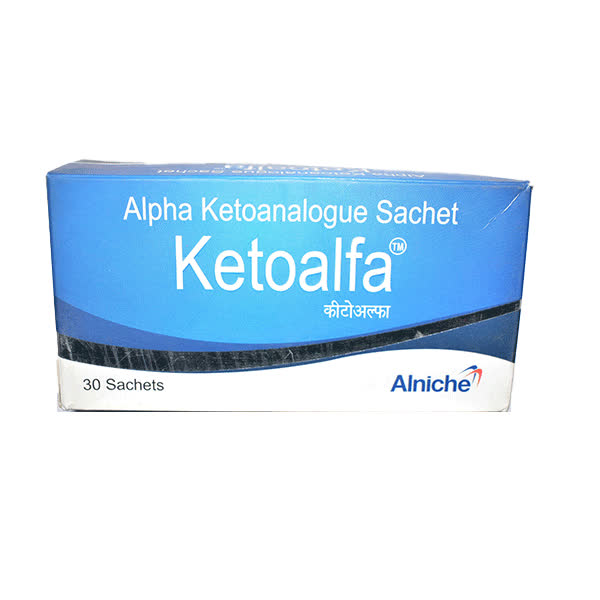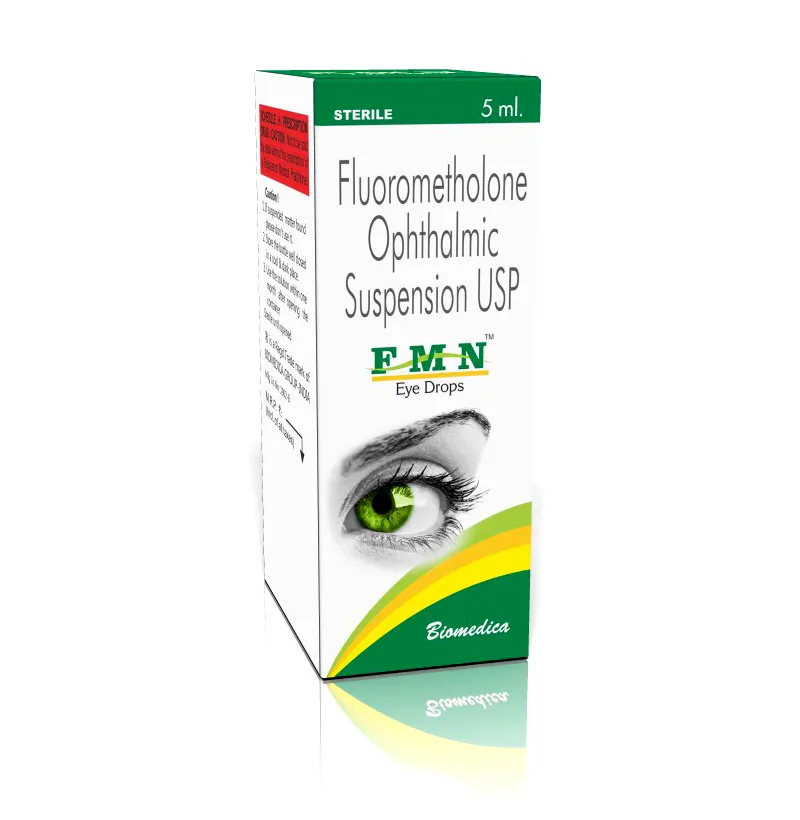Pregafox 300 Capsules – Pregabalin 300mg Pregafox 300 Capsules – Trusted Pregabalin 300mg Exporter & Dropshipper Worldwide 📧 Email: exports@ernestpharmaceuticals.com 📲 WhatsApp: +91 94054 76170 – Message us today for the best export & dropshipping deal 🌐 Websites: www.ernestpharmaceuticals.com | www.ernestimpex.com Pregafox 300 Capsules – Pregabalin 300mg Product Name: Pregafox 300 Capsules Active Ingredient: Pregabalin 300mg Form: Hard Gelatin Capsule Pack Size: As per requirement (usually blister packs or bottles) Product Description: Pregafox 300 Capsules contain Pregabalin 300mg, an anticonvulsant and neuropathic pain reliever. Pregabalin works by calming overactive nerve signals in the brain, which helps reduce pain, seizures, and anxiety symptoms. It is widely prescribed for managing chronic nerve-related pain and certain anxiety disorders. Uses of Pregafox 300 Capsules: Treatment of neuropathic pain caused by diabetes, shingles, spinal cord injury, or nerve damage As an adjunct therapy for partial-onset seizures in epilepsy Management of fibromyalgia (widespread muscle pain and tenderness) Treatment of generalized anxiety disorder (GAD) in adults Key Benefits: Provides long-lasting relief from nerve pain Improves quality of sleep by reducing nighttime discomfort Helps in better control of seizures when used with other medications Effective in reducing muscle pain and anxiety symptoms Dosage & Administration: Usual recommended dose: as directed by a healthcare professional Taken orally with water, with or without food Dosage may vary depending on patient condition and medical advice Safety Information: Should be taken only under medical supervision Possible side effects: dizziness, drowsiness, blurred vision, weight gain, dry mouth Avoid alcohol consumption during treatment Not recommended in pregnancy or breastfeeding unless advised by a doctor Storage: Store in a cool, dry place away from direct sunlight Keep out of reach of children
Send Message